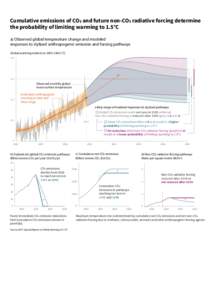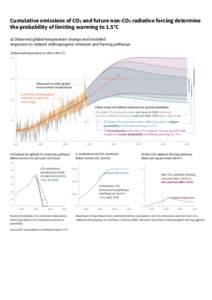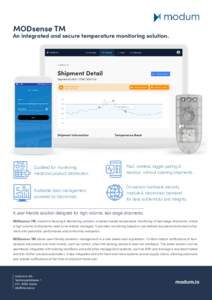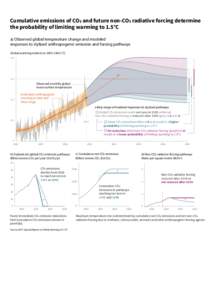<--- Back to Details
| First Page | Document Content | |
|---|---|---|
 Date: 2012-06-25 17:08:03Thermodynamics Heating ventilating and air conditioning Building engineering Physical quantities Thermal comfort Thermal insulation R-value Temperature Humidity Heat transfer Chemical engineering Mechanical engineering |
Add to Reading List |
 Calculating UTCI Equivalent Temperatures Peter Bröde1,3 Dusan Fiala2,3 Krzysztof Blazejczyk3 Yoram Epstein3 Ingvar Holmér3 Gerd Jendritzky3 Bernhard Kampmann3 Mark Richards3 Hannu Rintamäki3 Avraham Shitzer3 George Ha
Calculating UTCI Equivalent Temperatures Peter Bröde1,3 Dusan Fiala2,3 Krzysztof Blazejczyk3 Yoram Epstein3 Ingvar Holmér3 Gerd Jendritzky3 Bernhard Kampmann3 Mark Richards3 Hannu Rintamäki3 Avraham Shitzer3 George Ha


